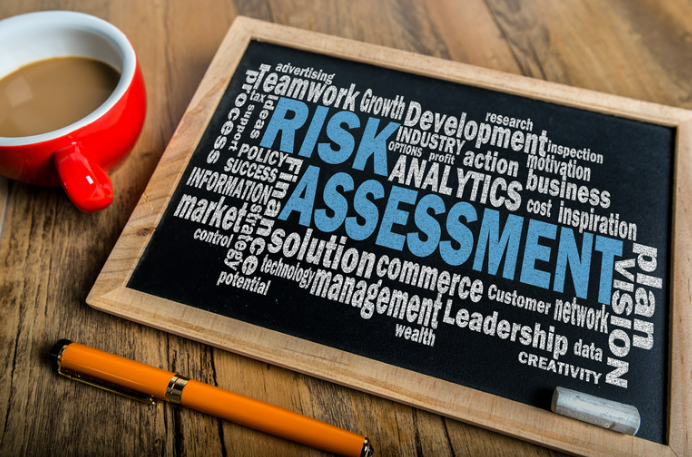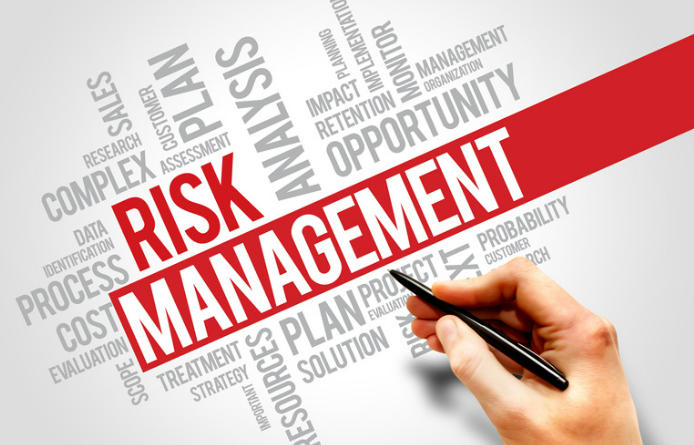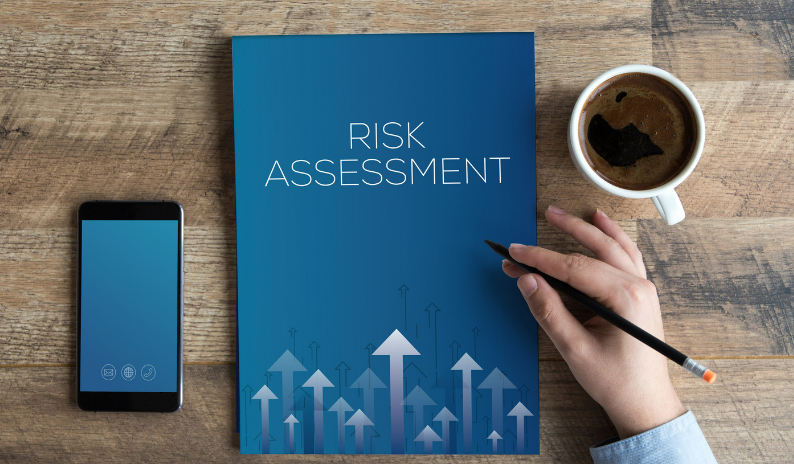Table of Contents
According to the Health and Safety Executive, over a third of all workplace accidents are caused by manual handling. This is a specific statistic that hints at a much wider truth when it comes to workplace health and safety: manual labour roles invite higher risk than other kinds of work.
This is especially true when it comes to professions within industrial facilities such as factories. But what are the risks, and how can you formulate a robust risk assessment strategy to mitigate them?
A Guide to Your Factory Risk Assessment
Factories and Risk
Industrial settings such as factories are unique and specialised environments, with a wide range of risks afforded by the machinery and equipment kept on-premises – as well as the processes necessary for activity and output. While a majority of factory injuries stem from trips and falling from a height, there are increased instances of injuries stemming from contact with machinery – including crush risks.
 In many circumstances, the provision of adequate PPE can mitigate the risks inherent to the factory; hi viz vests ensure visibility of employees, minimising the risk of collision via transport equipment, while essential tools like hard hats and steel toe-capped boots can protect the body from falling and flying objects. But knowing exactly what PPE is appropriate for which role and task can only be concretely achieved through risk assessment.
In many circumstances, the provision of adequate PPE can mitigate the risks inherent to the factory; hi viz vests ensure visibility of employees, minimising the risk of collision via transport equipment, while essential tools like hard hats and steel toe-capped boots can protect the body from falling and flying objects. But knowing exactly what PPE is appropriate for which role and task can only be concretely achieved through risk assessment.
What Goes Into a Risk Assessment?
A risk assessment is a comprehensive examination of your premises for understanding risk, the various hazards it presents and the approaches you as a business can take to minimise those risks. It is undertaken by physically touring the facility and noting down potential hazards, acknowledging who they might put at risk and investigating methods for controlling risk.
As an example, you may tour a warehouse and notice that raised gangways represent a fall hazard. You would then identify who could be at risk of falling, recognise any measures already implemented to reduce risk (such as handrails), and suggest further actions to increase safety. These actions would then be assigned to an individual, to ensure accountability and progress.
How Can Risk Be Minimised?
 There are several ways you can look at minimising risk, but the measures you can take are best viewed through the lens of the ‘hierarchy of control’. The hierarchy of control puts measures and interventions in order of efficacy, with elimination at the top of the list. If you can eliminate the hazard entirely, the risk is, therefore eliminated. Substitution is the next most effective form of prevention, where the hazard is substituted for a less dangerous alternative. PPE exists at the bottom of the list, being a last resort for protection against a hazard.
There are several ways you can look at minimising risk, but the measures you can take are best viewed through the lens of the ‘hierarchy of control’. The hierarchy of control puts measures and interventions in order of efficacy, with elimination at the top of the list. If you can eliminate the hazard entirely, the risk is, therefore eliminated. Substitution is the next most effective form of prevention, where the hazard is substituted for a less dangerous alternative. PPE exists at the bottom of the list, being a last resort for protection against a hazard.
Urgency and Maintenance
Another consideration you need to evaluate is the urgency of each individual risk. How immediately does a new measure need to be implemented? For risks with a lower level of urgency, scheduled inspections, maintenance and cleaning service can be arranged to ensure consistent safety.

